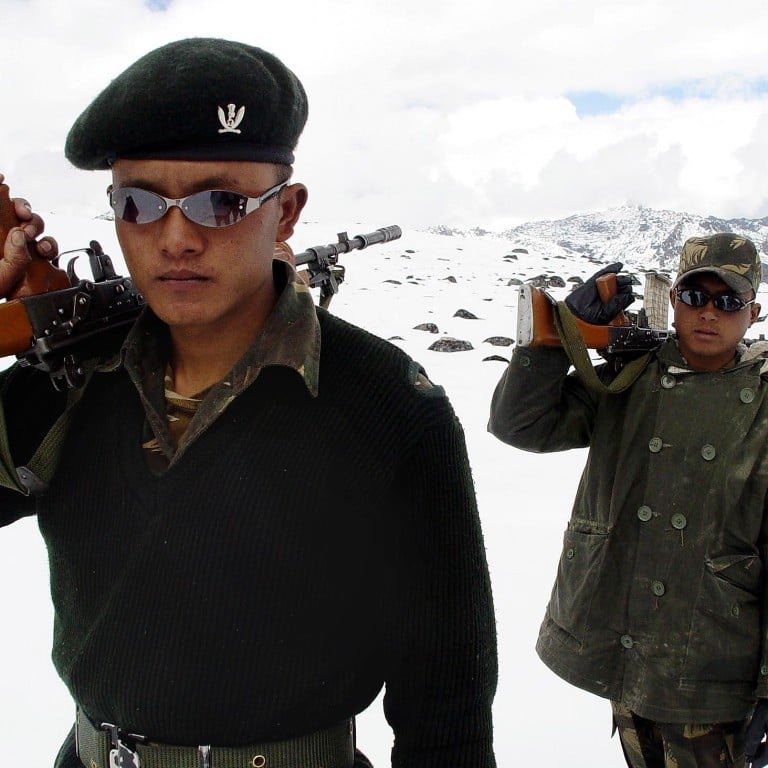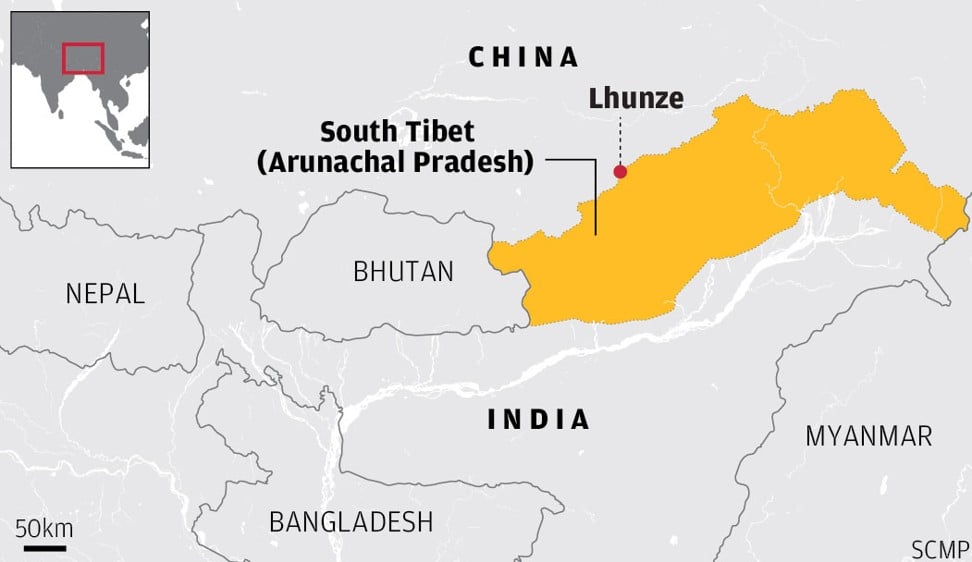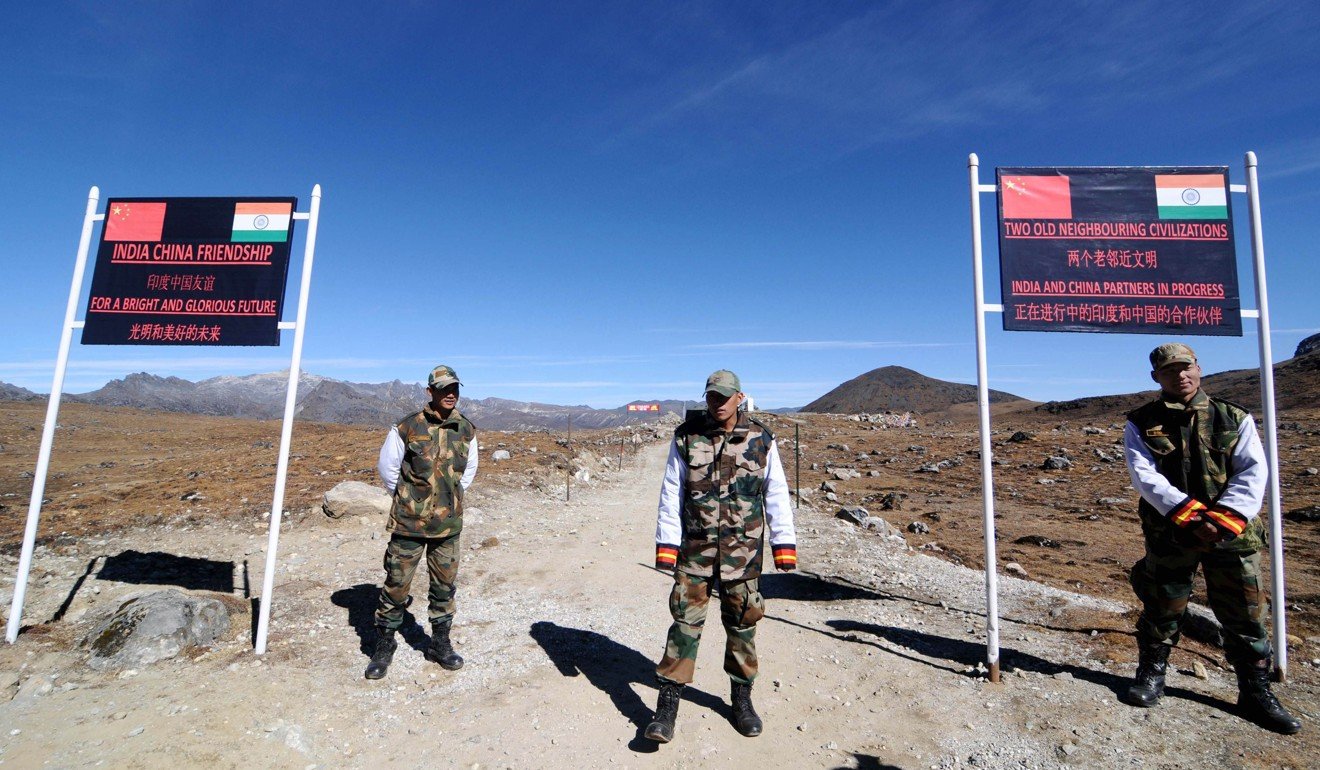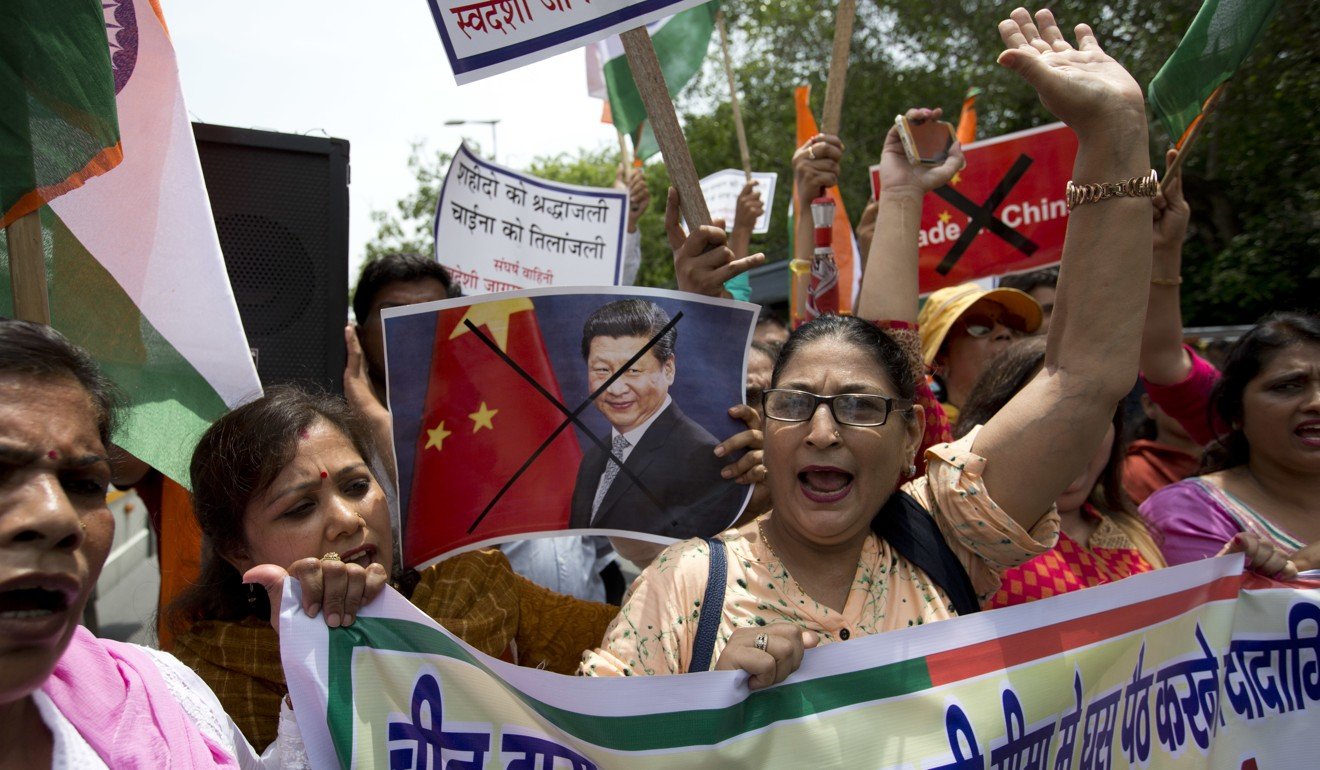
From Doklam to ‘Tibet’, China-India ties are bedevilled. But we share more than a disputed border
- The relationship between these giant neighbours should not be seen only through the prism of conflict
Discussion of the report in New Delhi think tanks in the waning weeks of India’s current parliament has brought some of the issues sharply into focus.
If Asia is tired of ‘Emperor Xi’, it must get its head around India

While India’s handling of the situation sent a clear signal it would not accept Chinese attempts to change the status quo by force at any of its boundaries, the parliamentarians expressed concern that Chinese infrastructure close to the tri-junction had not only not been dismantled but had been reinforced. With permanent structures being erected in North Doklam for a significant military build-up, the Chinese appear to be keeping their powder dry for possible future use.

The Indian government should have a comprehensive Border Engagement Agreement that would guide its engagement with China on border disputes, the report said, as these are now taken up through a variety of mechanisms and channels.
For India and China, uncertainty is the only sure thing about 2019
The parliamentarians also called for improvements to border road infrastructure, using even the prime minister’s village road development scheme – as what’s on the Indian side is inadequate and cannot withstand military traffic. Infrastructure projects had stalled due to difficult terrain, delays in environmental clearance, and inadequate equipment and resources, with the Border Roads Organisation too often found wanting.

The committee noted that bilateral trade between India and China is expected to cross US$80 billion in 2017. However, it remained concerned at the virtually colonial terms of trade, with China extracting raw materials from India and sending back finished goods that were swamping Indian industries.

India had found it near-impossible to penetrate the Chinese market thanks to non-tariff barriers imposed by China, which, linked to the dumping of cheap goods and lack of investment by China, had created a serious trade and economic imbalance. The committee recommended that India should persuade Chinese companies to bring more investment into India. (Though it did not specify the areas, it is noteworthy that the Modi government has thrown open its doors in all sectors to Chinese investment, lifting its predecessor’s restrictions on sensitive sectors like ports, communications and power). Further, the committee opined that efforts should be made with China to lower trade barriers.
Of Asia’s big 3, India and Japan can be friends. Why not China?
The report suggests relations with China should not be seen only through the prism of conflict, as collaboration is possible on a wide range of issues. The countries share an interest in keeping open the sea lanes of communication between the Gulf and the Arabian Sea, since Chinese goods must sail past India to reach the Malacca Strait. Yet possibilities of initiatives like joint anti-piracy patrols in these waters have not been explored. Cooperation at the UN, in environmental forums and on non-political issues, could also be promoted.
The report marked a welcome first step in prompting the government to carry out an in-depth assessment of the ties between India and China so that a national consensus is evolved on how to deal with China. If a similar exercise were carried out on the Chinese side, even allowing for the differences in the parliamentary systems, it could lay an interesting basis for people-to-people dialogue. The relative paucity of student and tourist exchanges and the vast areas of ignorance that divide the two countries and militate against mutual understanding continue to cast a shadow over Sino-Indian relations. Clarity on each country’s hopes and fears, and on ways that these could be addressed, could help dispel the clouds. ■
The former communications head of the UN, Shashi Tharoor is currently a Member of Parliament in India

